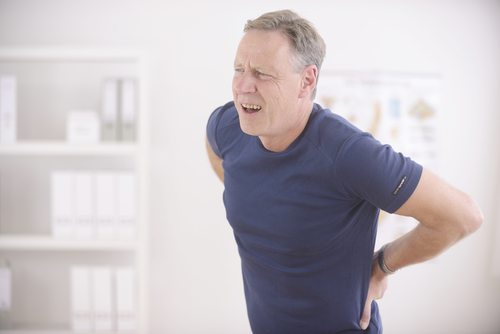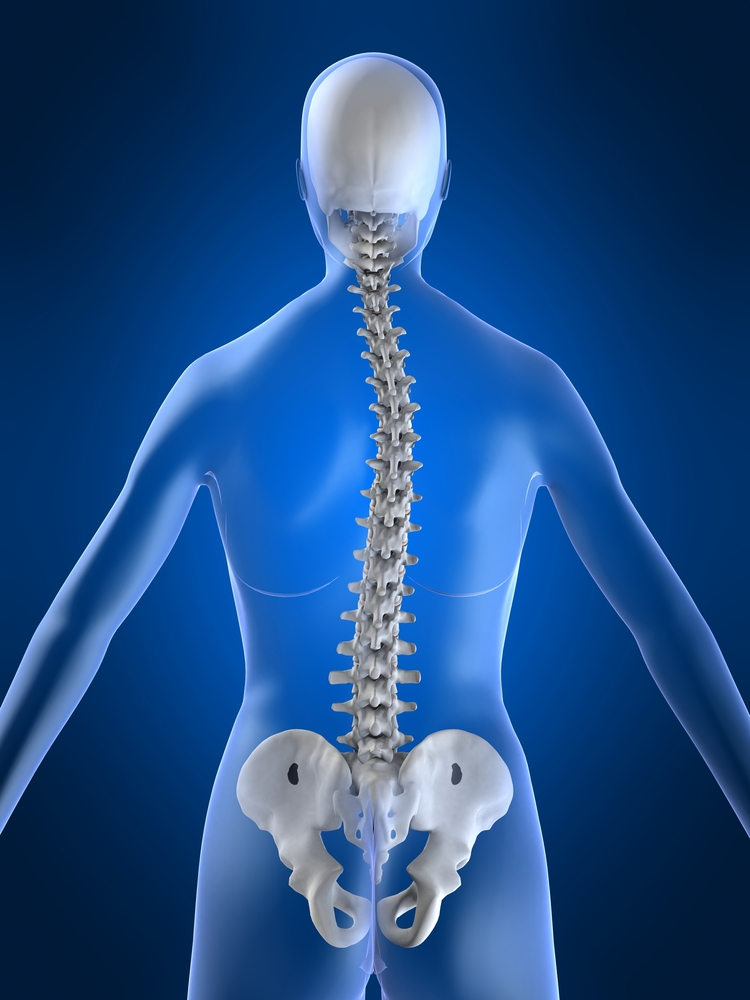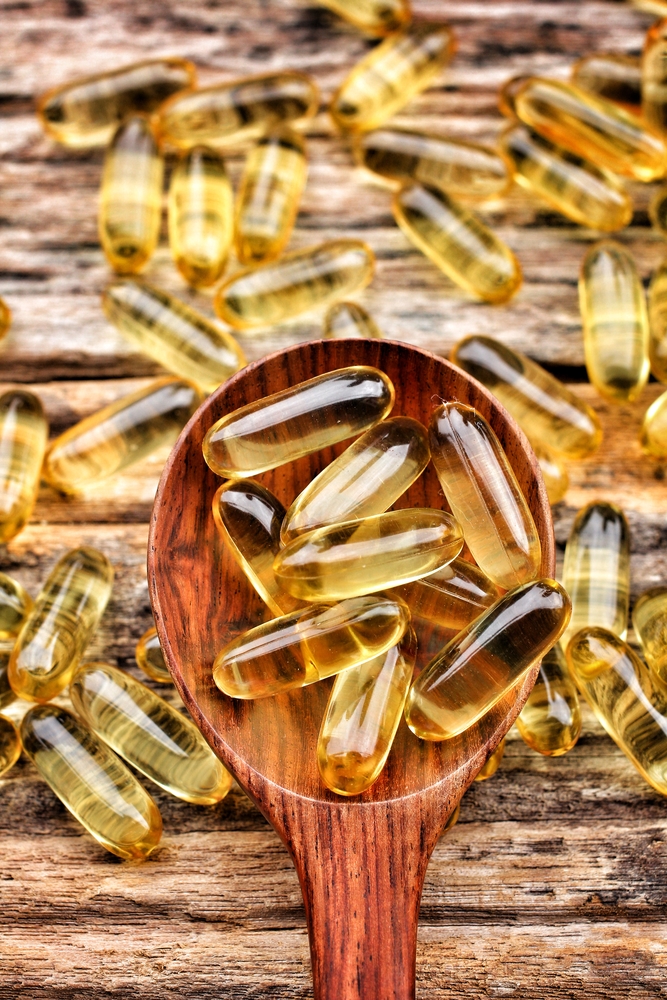 Tips for preventing and managing back pain
Tips for preventing and managing back pain
Back pain is extremely common. Most adults experience at least one episode of back pain in their life. Some people recover fully, however others are left in chronic pain, or recurring pain. This can make day to day activities incredibly painful or impossible, and can be a cause of chronic depression.
What causes back pain?
The causes are many and varied. Back pain is usually a result of a problem with the muscles, joints, disks, nerves or bones in the spine. Pain can be felt anywhere along the spine, from the neck right down to the tailbone. However, lower back pain is by far the most common condition. In fact acute lower back pain is the fifth most common cause of a physician’s visit in the USA. This article focuses on lower back pain.
The most common causes include:
 Bulging lumbar disk — Commonly referred to as a “slipped” disk. Your spine is made of many bones called vertebrae. Each vertebra is separated by a disk which is made of an outer fibrous layer, and contains a jelly-like filling. Sometimes the fibrous outer layer of a disk tears, and the jelly-like substance leaks out. This is known as a bulging disk. Depending on the severity, it can cause extreme pain, which sometimes radiates down one or both legs.
Bulging lumbar disk — Commonly referred to as a “slipped” disk. Your spine is made of many bones called vertebrae. Each vertebra is separated by a disk which is made of an outer fibrous layer, and contains a jelly-like filling. Sometimes the fibrous outer layer of a disk tears, and the jelly-like substance leaks out. This is known as a bulging disk. Depending on the severity, it can cause extreme pain, which sometimes radiates down one or both legs.- Sacroiliac joint dysfunction — You have two sacroiliac joints and they join your tail bone to your pelvis. Sometimes acute or chronic muscle strain can place more pressure on the sacroiliac joint than it can handle, and the joint fails to move correctly. Sacroiliac joint dysfunction commonly causes pain on one side of the lower back, and the pain may radiate into the buttock and leg, producing sciatic symptoms.
- Spondylolisthesis — This refers to the slipping of one vertebra forward on another. This is usually caused by defects in the bone that developed during childhood.
- Spondylolysis — This is a stress fracture of the lower back (lumbar spine) and specifically affects a part of the bone known as the pars interarticularis. It occurs when too much force is applied to this specific region of bone.
- Scoliosis — This is a curvature of the spine that develops in childhood. Scoliosis places additional strain on surrounding muscles, which can produce pain, stiffness and long term consequences.
- Facet joint sprain — This occurs when excessive force is applied to a region that connects one vertebra to another. It typically occurs due to excessive bending, lifting or twisting movements.
- Postural syndrome — This is where lower back pain occurs for no other reason than poor posture, weak muscles or inflexible muscles. Pain is usually short lived and not severe.
- Spinal canal stenosis — This occurs when the spinal canal begins to narrow. This is usually a result of wear and tear to the vertebra, joints and disks and is associated with osteoarthritis and aging. If the condition progresses, the narrowing can place pressure on the spinal nerves.
- Spinal degeneration — This refers to wear and tear to the disks, vertebra and spinal joints and is associated with aging, osteoporosis and arthritis. This condition can place pressure on the spinal cord.
 What to do about back pain
What to do about back pain
The most important thing to do is get a correct diagnosis.
Depending on your age, occupation, state of health and the frequency with which you experience back pain, you may need to see a physician and obtain a scan of your spine. This may be a CT scan or an MRI.
Once you know the diagnosis, it is important to see a physician (such as an osteopath, physiotherapist or chiropractor) who can give you a series of stretches, exercises and/or adjustments. It is important to do the prescribed exercises and stretches regularly, as this will speed up your recovery and help to prevent future episodes of pain.
Occasionally lower back pain is caused by another illness and actually has nothing to do with the spinal column. That’s why it is important to see your doctor.
Nutritional support for back pain
 There are several nutrients and supplements that can help you to overcome back pain faster, and reduce your risk of future episodes. The right supplements can reduce pain and inflammation, assist the healing of disks, strengthen bones, improve the quality of cartilage and promote a healthy nervous system. By taking your health in your own hands, you can significantly improve the health of your spine.
There are several nutrients and supplements that can help you to overcome back pain faster, and reduce your risk of future episodes. The right supplements can reduce pain and inflammation, assist the healing of disks, strengthen bones, improve the quality of cartilage and promote a healthy nervous system. By taking your health in your own hands, you can significantly improve the health of your spine.
The most important nutrients are:
- Serrapeptase — This is a powerful natural enzyme that helps to reduce inflammation in the body. Serrapeptase acts a bit like Pac-Man in your body, helping to clean up cellular debris that can result in pain, stiffness and immobility. Serrapeptase needs to be taken on an empty stomach.
- Fish oil — Fish oil is rich in omega 3 essential fatty acids.These fats have a powerful natural anti-inflammatory effect in your body. Inflammation causes pain and immobility. Anti-inflammatory prescription medication is usually very effective for back pain, but can increase the risk of strokes, heart attacks and stomach bleeding, therefore should only be used in the short term. A good dose of fish oil is 4 to 6 capsules daily with meals.
- Magnesium — No matter what the source of your pain, you will always experience some muscle tension and spasm. The surrounding muscles tighten up in order to brace and support the injury. This is a protective mechanism but the muscles soon become fatigued and this leads to chronic pain. Magnesium relaxes the muscles of your body and it is excellent for reducing all forms of muscle pain, tension and tightness. A good dose of magnesium is one teaspoon daily. Most people like to take it in the evening, as magnesium helps to improve sleep quality.
- MSM — This is a natural form of sulphur that helps to reduce pain and acts as a natural anti-inflammatory. MSM is also excellent for joint pain. A good dose is 1 teaspoon twice daily.
It is also important to make sure your diet is as healthy as possible. Inflammation increases pain and some foods increase the level of inflammation inside your body; these foods include sugar, wheat, gluten, cow’s milk, alcohol and grain fed red meat or poultry. Keep your intake of those foods to a minimum while you are in pain.
Source: www.liverdoctor.com; September 23, 2014.








